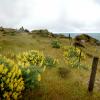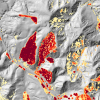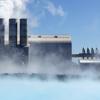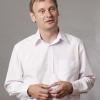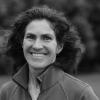Native forests absorbing more carbon dioxide
“High resolution modelling is essential to be able to use this technique effectively in New Zealand. NeSI support opened the door for us to work with models running at the spatial resolution we need.”
Subject:
